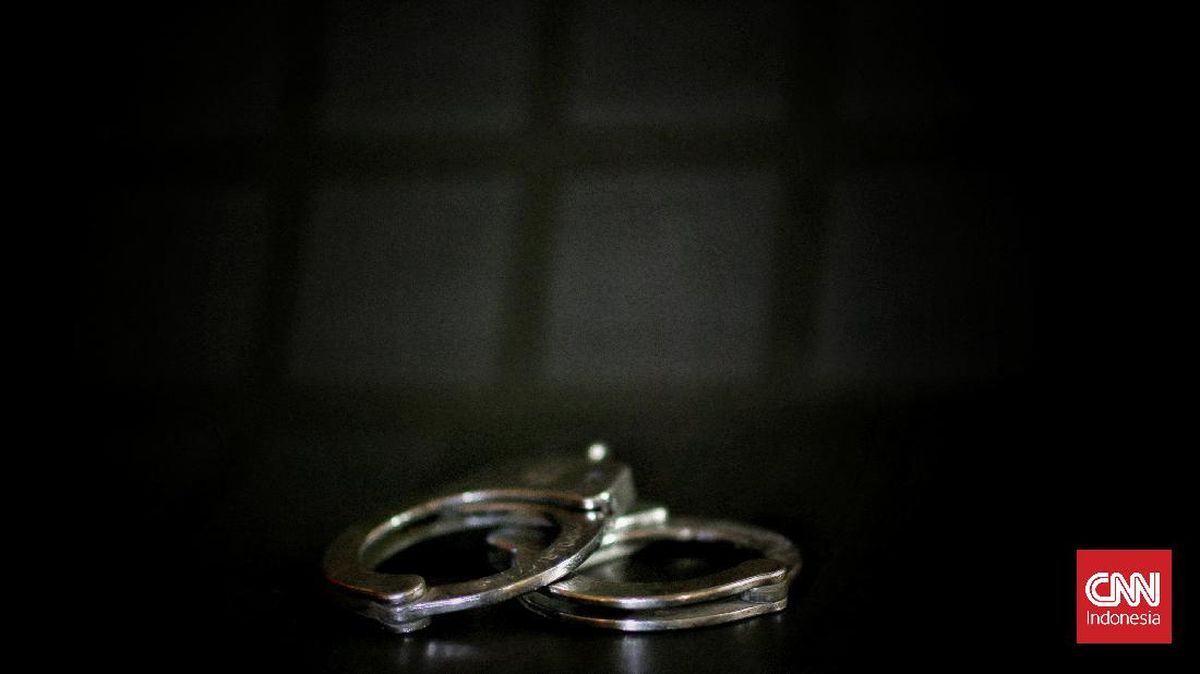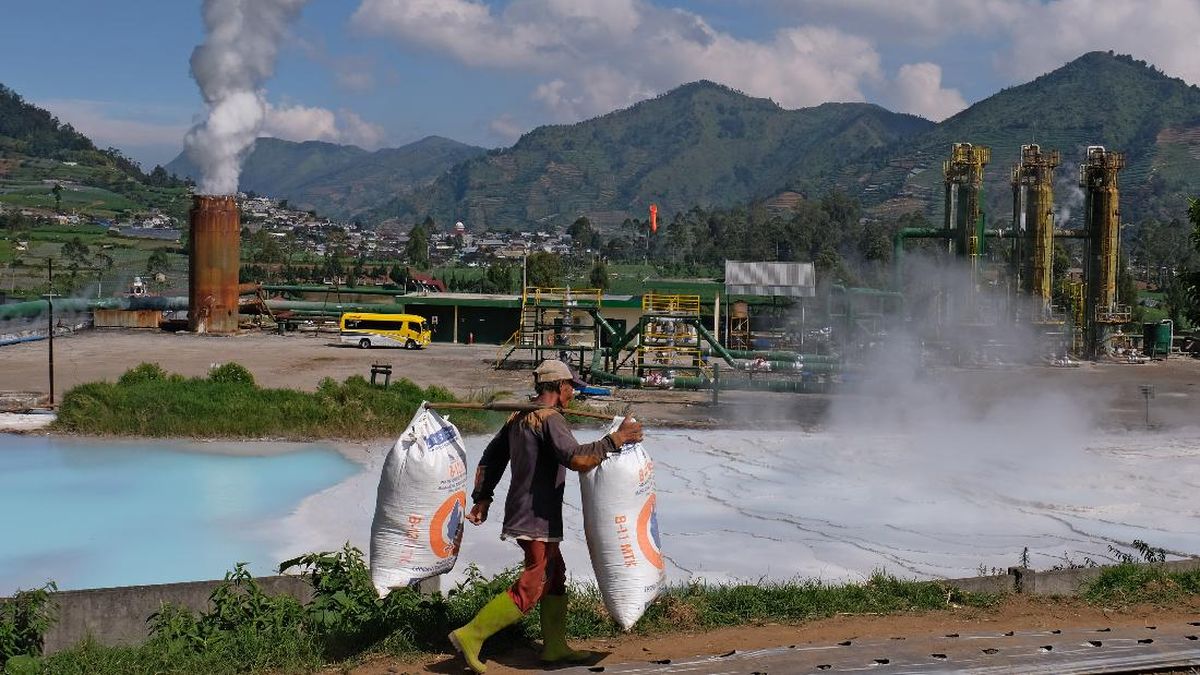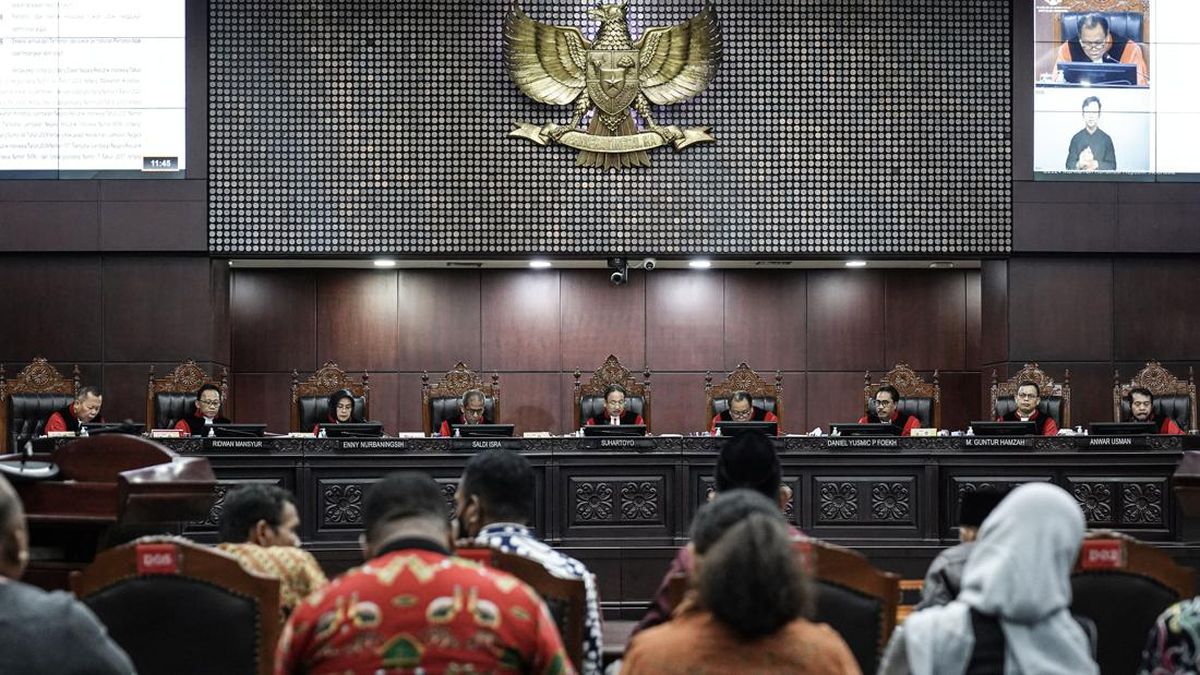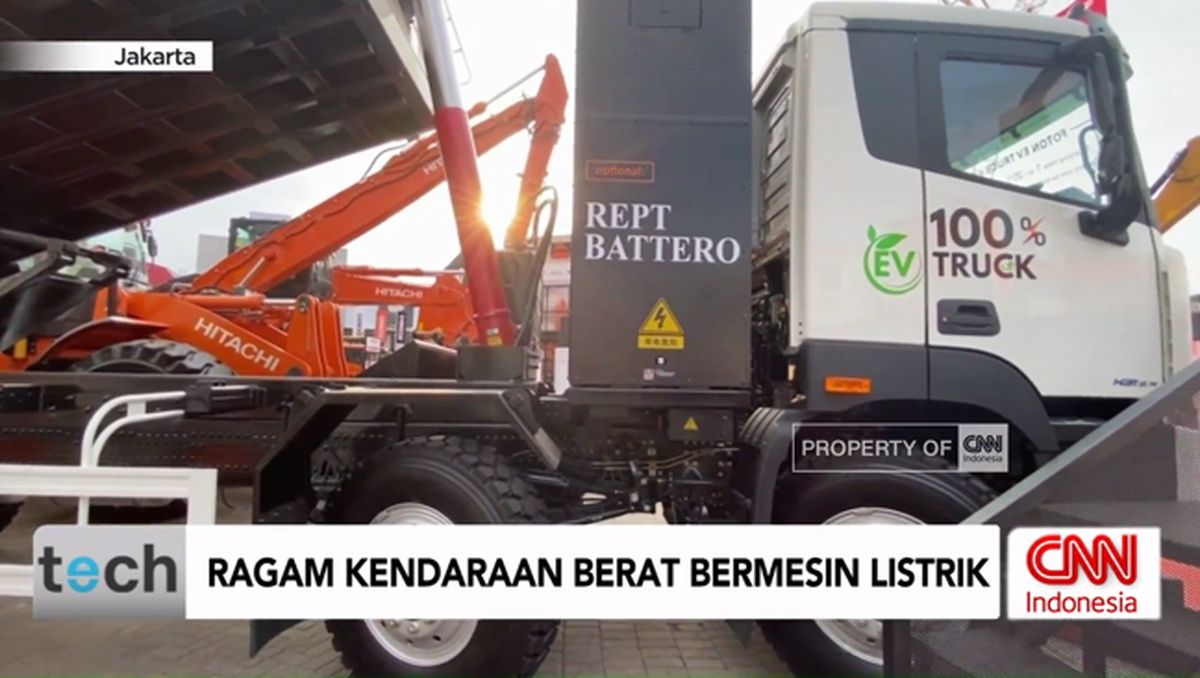Australians are eating more blueberries than ever. Consumers deserve better protection
A drive past Coffs Harbour’s old banana farms is proof Australians are eating more berries than ever. The Big Blueberry has pushed the Big Banana out of town: berries are now NSW’s most valuable fruit crop, but regulations protecting consumers have not kept up with demand.
Concerns have surfaced about high pesticide residues on blueberries and raspberries grown in northern NSW after Kirsten Benkendorff, a professor of marine science at Southern Cross University, tested multiple samples of berries grown in the Coffs region and detected toxic insecticides, including one that is banned in Australia, thiometon, and another banned in Europe but not here, dimethoate.

There are concerns about high pesticide residues on blueberries grown in NSW.Credit: SHUTTERSTOCK
On Friday, the NSW Environmental Protection Authority and the NSW Food Standards Authority issued a joint statement to say there was no evidence of pesticide misuse and no evidence that blueberries from northern NSW were unsafe to eat. The statement also found that Benkendorff’s methodology and analysis used were “not accredited for testing fresh fruit such as berries, and therefore the results are unreliable”, a claim the professor disputes.
However, Benkendorff’s findings coincided with the Australian Pesticides and Veterinary Medicines Authority decision to review the use of dimethoate on blueberries, raspberries and blackberries based on increased consumption of berries. It turns out that regulators have been using 30-year-old data to decide how much of a pesticide is allowed to be sprayed on Australian-grown berries, despite the industry growing exponentially.
Benkendorff quite reasonably questions if the maximum residue limits set by authorities are fit for purpose, given they are based on consumer data from 1995.
Loading
Things have changed markedly since: nationally, berry production has grown from 77,844 tonnes in 2013 to 121,667 tonnes in 2024. Blueberries alone now represent 27,540 tonnes of production, worth $505.1 million. Almost half of Australian households buy blueberries in their weekly shop.
The Herald’s Caitlin Fitzsimmons notes that, with such increased popularity, should berries be coated with the maximum amount of pesticides, then safe daily consumption would be only two to four blueberries a day for a child and five to 16 blueberries for an adult.
Blueberry-growing regions include the Atherton Tablelands in Queensland, the Yarra Valley in Victoria, and Tasmania, but the biggest producer is the Coffs coast. Berries from this region are ripe several months before the harvest in the southern states and are sold around Australia.
But the blueberry bonanza is not cheered on by all.
Environmentalists are increasingly targeting an industry they claim is clearing koala habitat, using excessive amounts of plastic in agriculture and packaging and dousing products in toxic chemicals. Nambucca Valley Council, meanwhile, recently failed in an attempt to introduce rules to require a development application to set up a blueberry farm – horticulture is automatically permitted if the land has the appropriate zoning – but was knocked back by the Minns government.
There is no suggestion that the Coffs Harbour supermarket findings result from illegal usage. Nevertheless, the findings are concerning. Big Chemical and pesticides sometimes attract negative headlines but the booming blueberry industry has outgrown government regulation and public safety needs to be assured.
Bevan Shields sends an exclusive newsletter to subscribers each week. Sign up to receive his Note from the Editor.
Most Viewed in Environment
Loading


















































